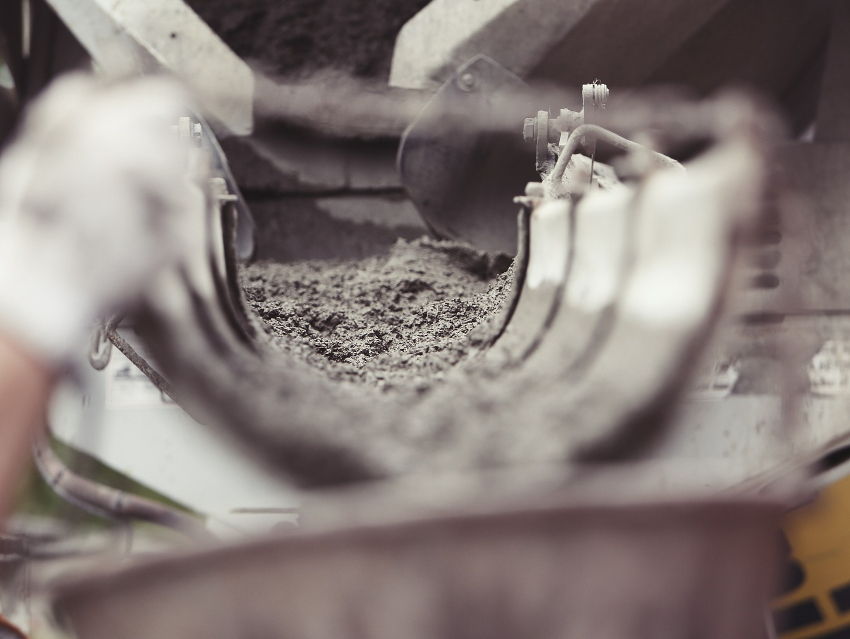To curb climate change, levels of CO2 in the atmosphere need to be reduced. This could be achieved by reducing emissions, but capturing CO2 in a liquid or solid form could also help. Using waste material or by-products from industry could a promising approach for this. Alkaline materials, e.g., from steel, aluminium, lime, or cement production, waste rock from mining, demolition waste, or ashes contain minerals which can form alkaline solutions that trap CO2 in the form of carbonates.
Phil Renforth, Heriot-Watt University, Edinburgh, UK, has investigated the potential of such alkaline materials for CO2 capture by forecasting their production until the year 2100. He estimated the production of, e.g., cement, steel, aluminium, and lime as well as the resulting amounts of alkaline byproducts suitable for carbonation. Renforth found that the materials’ CO2 storage capacity could reach 2.9–8.5 billion tonnes/year by 2100.
Depending on future CO2 emissions, between 5 and 12 % of these emissions could be captured using alkaline waste materials in scenarios without successful climate protection policies. In more optimistic scenarios that include a reduction of emissions, the carbonation of alkaline materials could contribute an even higher percentage. According to Renforth, the projected possible contribution of this method to CO2 capture in 2100 is similar to other approaches such as forest management.
- The negative emission potential of alkaline materials,
Phil Renforth,
Nat. Commun. 2019.
https://doi.org/10.1038/s41467-019-09475-5




